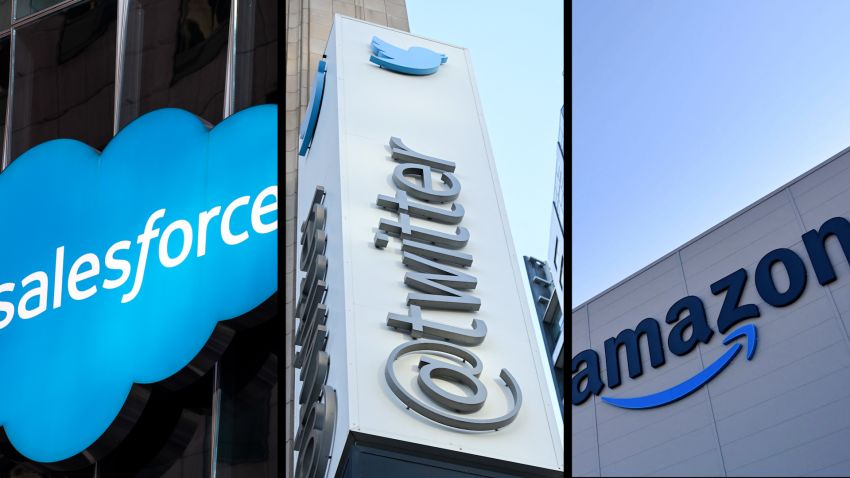If ever you’ve been swept up in a mass layoff, among the many unwelcome tasks on your new to-do list is how and when to tell people you lost your job.
Often, the go-to place to alert your professional network has been social media like LinkedIn, Twitter, Instagram, Facebook and others.
But the way you deliver the message matters if your goal is to set yourself up well for new opportunities.
Take a little time before posting: You don’t need to go public right away.
“Take time to digest the fact that you no longer have a job,” said career coach Aneri Desai, who works primarily with immigrants. “Take your time to understand your situation.”
If you’re upset, tell your partner, your friend or your pillow. Just don’t post your fury or bitterness online.
Consider a “soft” announcement first: If you’re not sure yet what you’re going to do — or even whether you want to stay in the same career — you can put up an initial “soft” post just to let people know your job was eliminated, Desai noted. It’s okay to say “Not sure yet what my next move will be, but stay tuned. I will reach out when I’m clearer on next steps.”
This can be an especially useful move if your company’s layoffs are making headlines and you’re being bombarded with messages from friends and colleagues asking if you were affected.
Keep it short: Whether you’ve worked at a place for five years or 25 years, you could probably write a book about your experiences.
But please don’t. Shorter is best — a few paragraphs at most. “Don’t use all the characters you can. You want people to read it,” said career coach Marlo Lyons, author of “Wanted: A New Career.”
Gratitude is good, but also focus on your accomplishments: If genuine, express appreciation for your mentors and colleagues, and the opportunities you had at your job. But don’t spend most of your post thanking people, Desai said.
“So many people put the spotlight on ‘how lucky I was to work with this team’ but they miss out on giving credit to themselves,” Desai said. “Toot your horn.”
By that, she means it’s important to note some of the big ways you added value to your company: for example, how you automated and expedited the claims process at your employer, making the experience easier and faster for the 50,000 clients the company served last year.
Be specific about what you want and your skills: When you are ready to look for a new job and receive help from your network or hear from recruiters, your post should be “very explicit,” Lyons said.
Detail the hard and soft skills you will bring to a new employer. Specify which field or set of related fields you want to be in ( like sales, account management, business development); what role titles you’re interested in (e.g., vice president-level positions, senior manager); whether you’d prefer to work remotely or hybrid; and any other details that will help people help you.
Extend the reach of your post: You want as many people to see your post as possible.
So you might tag it #openforwork, a hashtag often used on LinkedIn, Desai suggested.
You also might tag people whom you are thanking in your post. But this may not be the right move for everyone. If there’s a risk you’ll leave out someone who has been especially helpful to you — or conversely, if you’re intentionally not tagging your current boss — “that may leave a negative impression,” Lyons said. In that case, better to reach out privately to the individuals you want to thank and instead invite anyone reading your post to “please comment for reach,” she suggested.
Keep it upbeat: If you’re financially freaked out, don’t say so, Lyons said.
You don’t want to give the impression that you’ll take the first job that comes alone.
“Companies want you to want them — not just for you to take the job because you have to,” Lyons said. “It’s okay to say you’d like a job sooner rather than later. But be careful not to appear desperate.”
Be consistent across platforms: Chances are you may announce your layoff on more than one social platform. So be consistent in your message. You don’t want to put out a very professional post on, say, LinkedIn but then launch an angry tweetstorm on Twitter.
“[Before] someone goes to hire you,” Lyons said, “they will read your posts.”



























